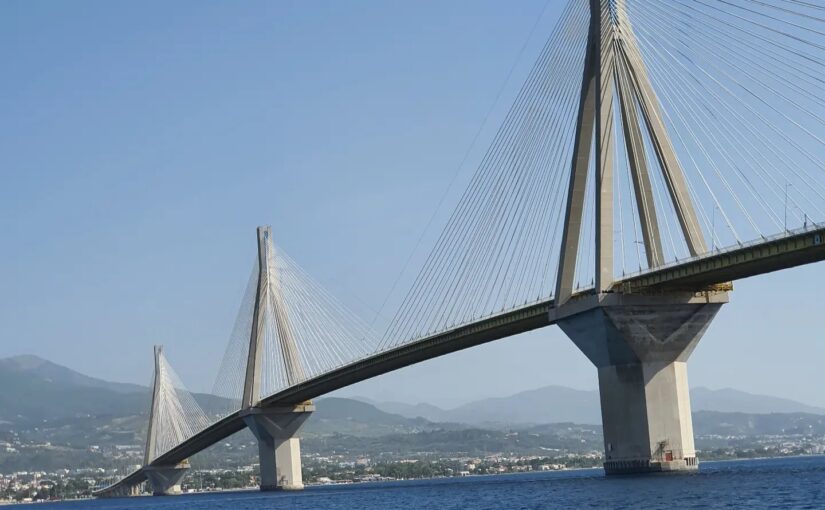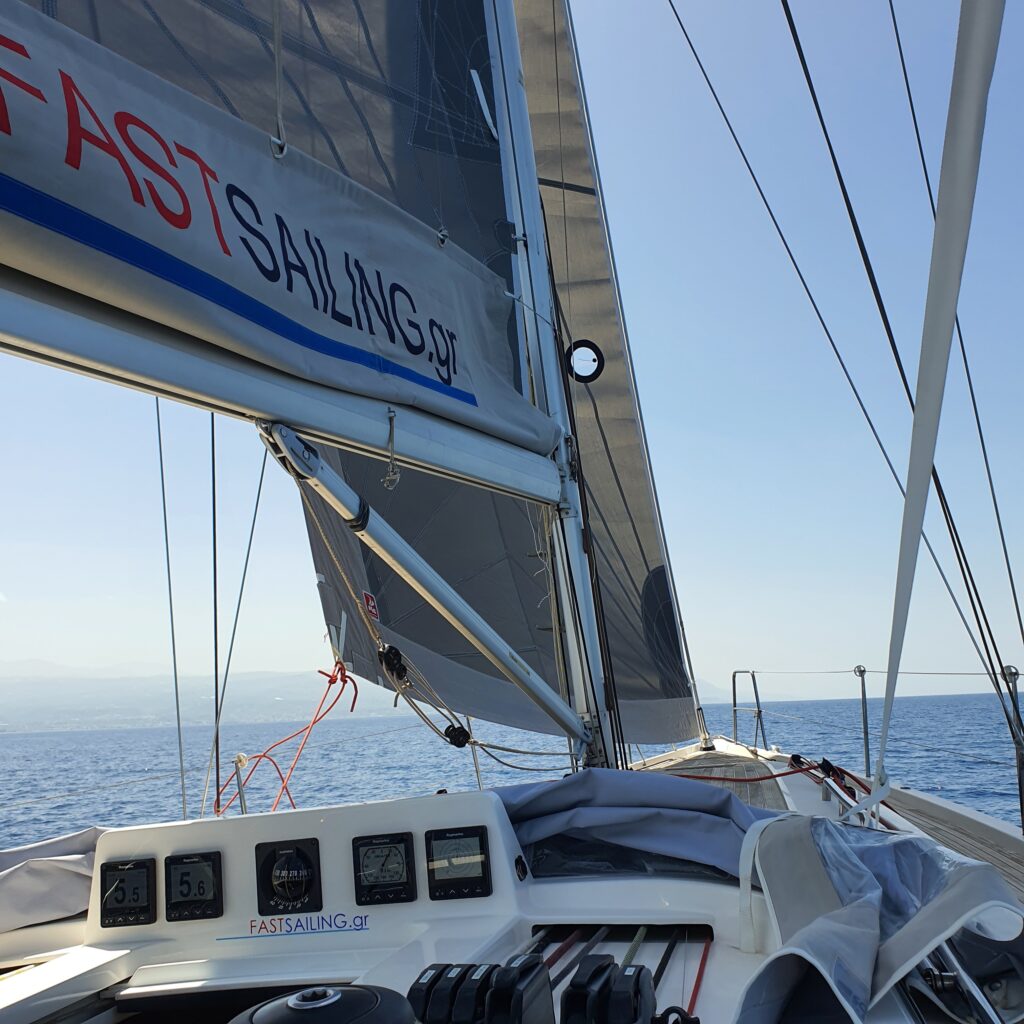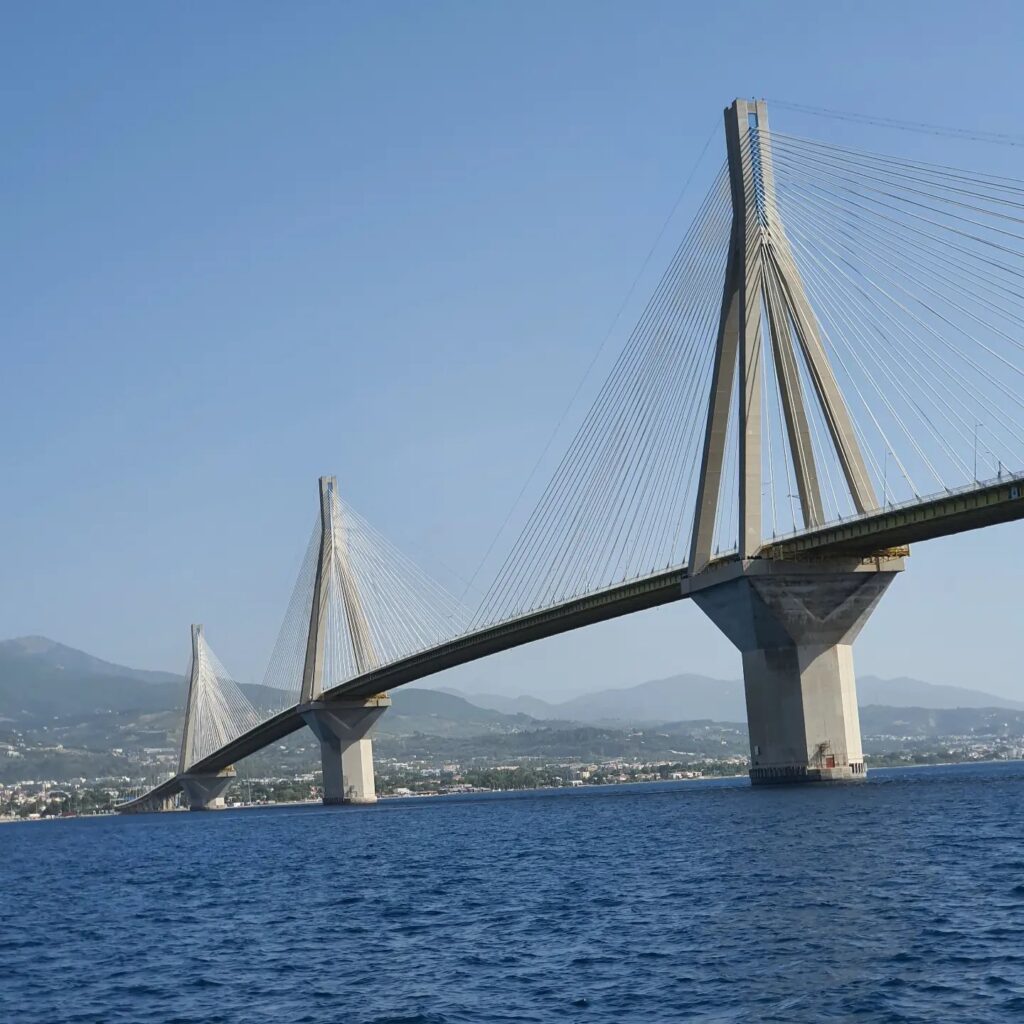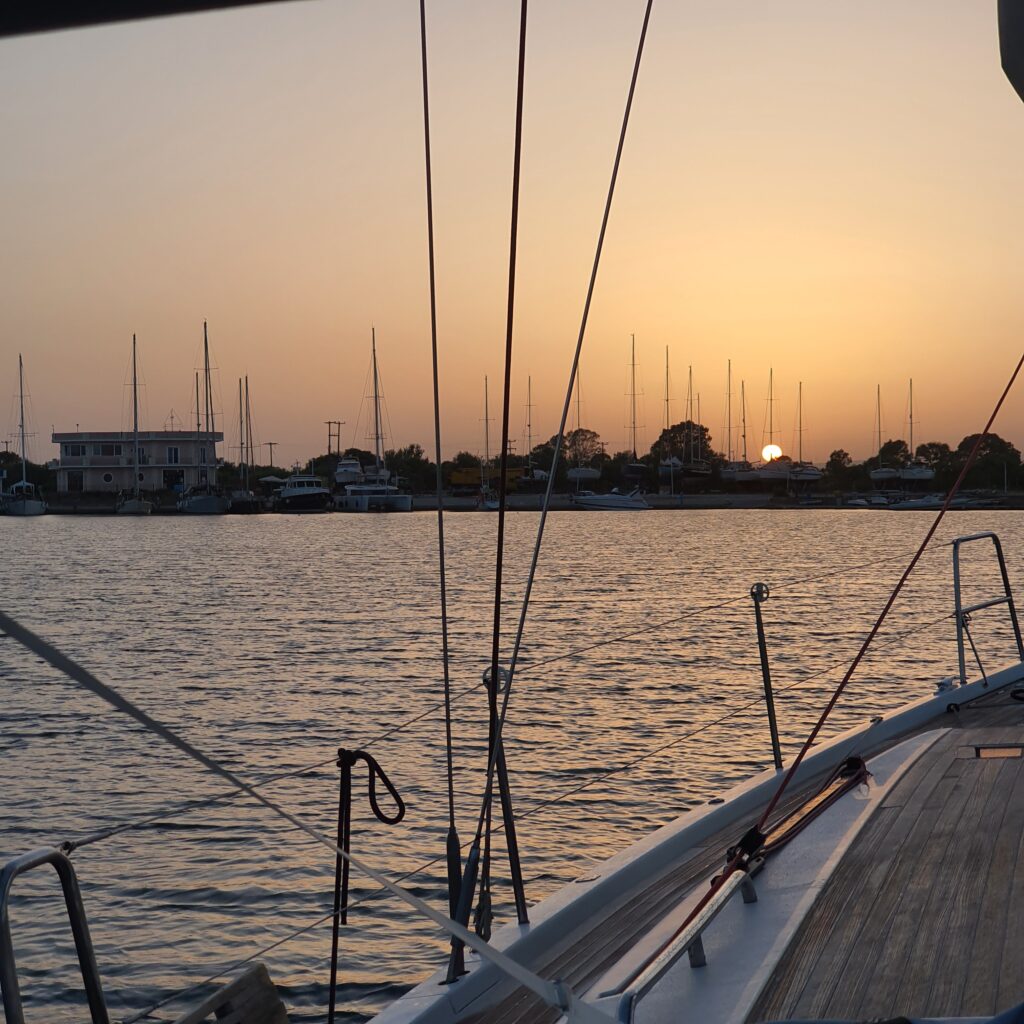Now that most of the Christmas and New Year celebrations are behind us, I think it’s a good moment to recap the year 2023 (in my yet another attempt to get back to writing here).
Reflecting on the year past, it seems that I was mostly consumed by two things: work and sailing.
In terms of work, the year started off with rather pessimistic forecasts for AlleoTech Ltd. We were still wrapping our heads around the effects of the COVID-19 pandemic, crypto-winter, and the Russian-Ukrainian war. But, after all, we did a lot better than expected. Mostly, this was due to the retention and growth of the old clients, as well as some expansion into Germany and Israel. And yes, the Israel situation affected us as well, but it looks like everything is getting under control.
In terms of industries, maritime / shipping was the largest one for us this year, with fintech, marketing, and technology following closely behind.
Apart from work, I’ve done quite a bit of sailing this year. I have finally created the logbook, where I keep track of the sailing trips, miles traveled, night shift hours, and other useful tidbits. Here are some statistics from the logbook for the year 2023:
- Number of sailing trips: 12
- Nautical miles traveled: 1,290
- Days at sea: 39 (spread across 10 month, with September and December being the only exceptions)
- Night shift hours: 18
- Boats sailed: 8
- Countries sailed: 4 (Cyprus, Greece, Croatia, UK)
Just to put the above into a bit of context, I’ve started logging my trips from May 2021 (covering 2.5 years until now). Since that starting point, I’ve had 32 sailing trips, traveling a total of 4,048 nautical miles (80 miles a skipper, the rest as crew). I spent 91 days at sea 7 countries (adding Turkey, Spain, and Italy to the above), with 96 hours of night shifts. That’s been quite fun and I hope this continues this year and on.
The rest of my time on shore, was spent with friends and family, enjoying food and drinks.
Overall, 2023 was quite a challenging year, but it was good. Hopefully, 2024 will be even better!




